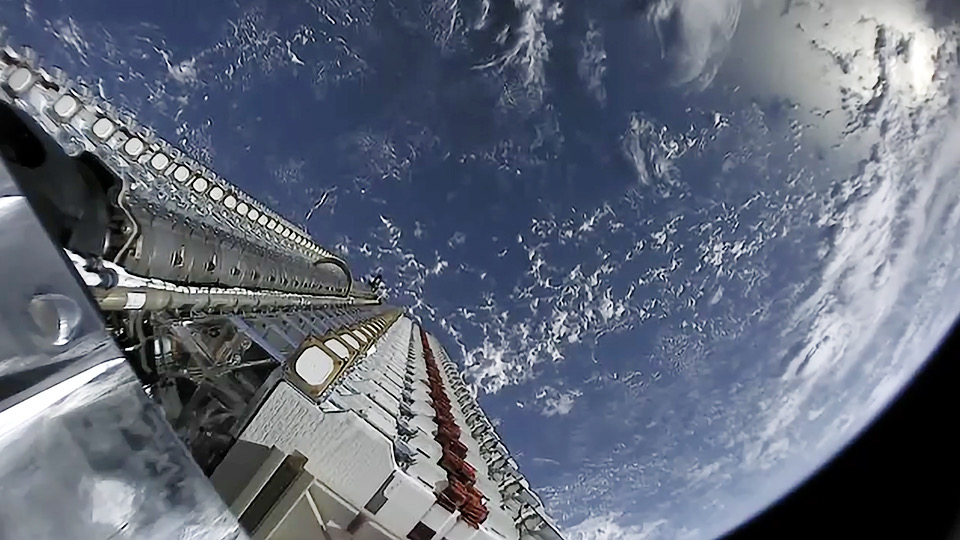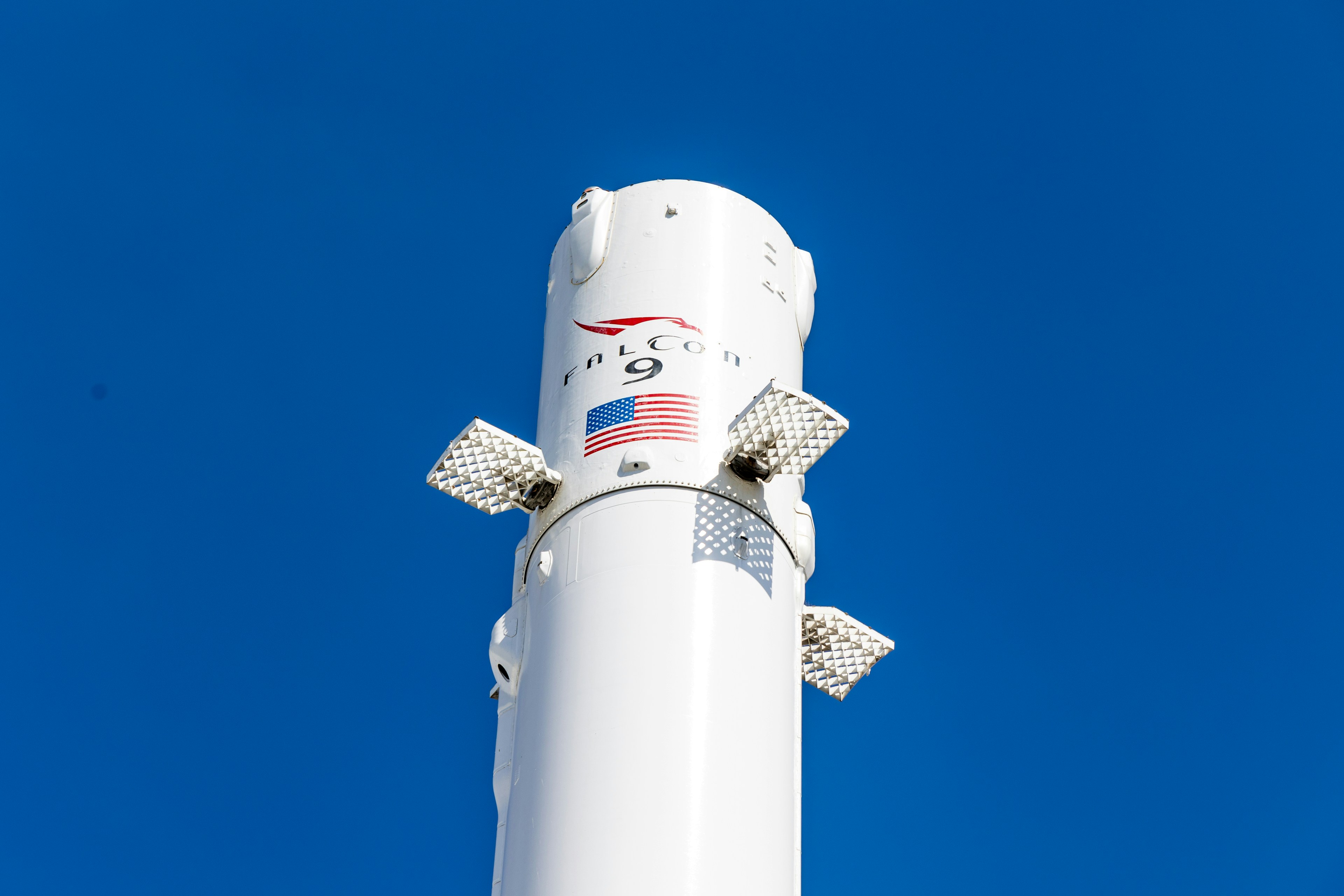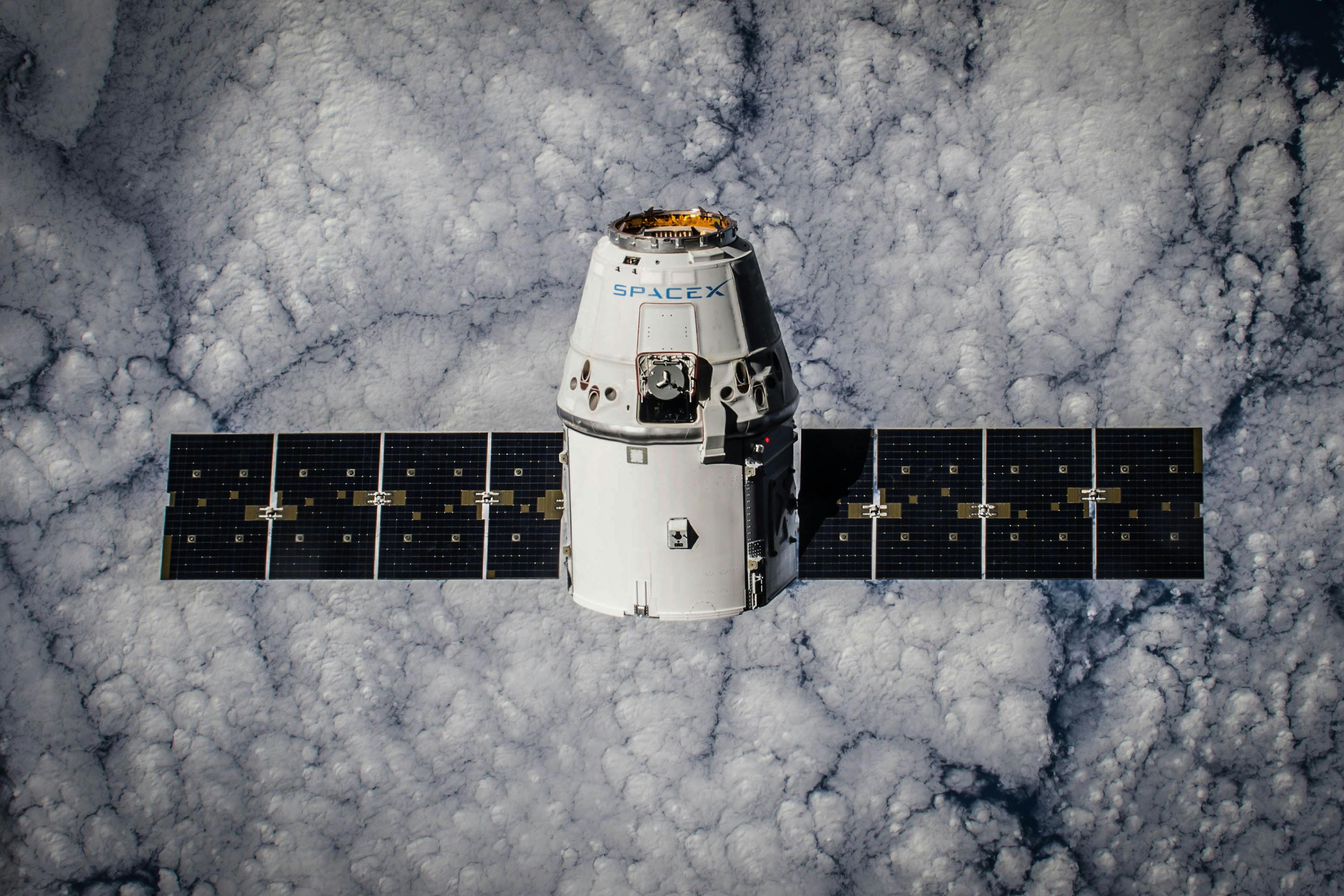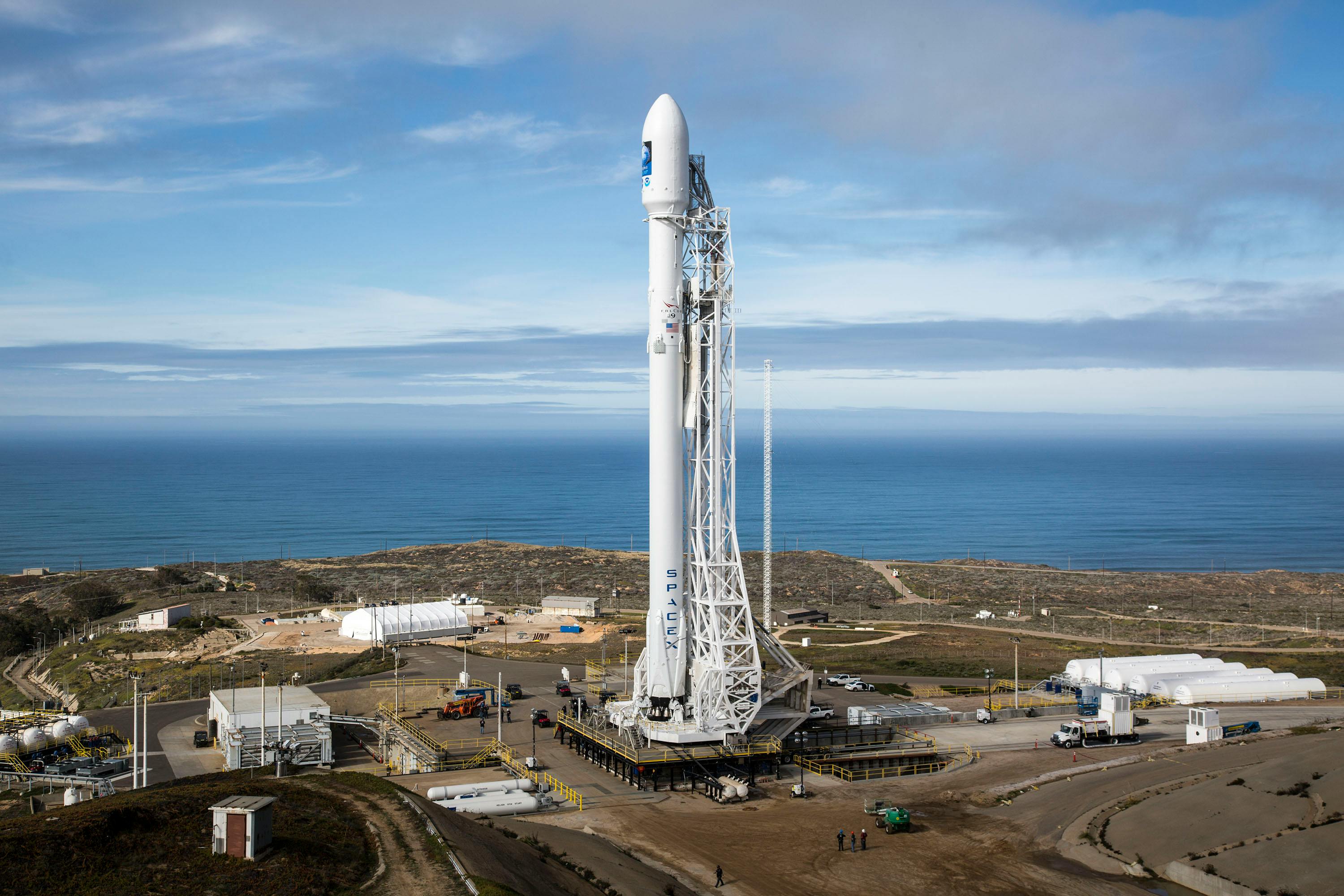· space brief · 6 min read
Space Brief 16 Aug 2025
Today's brief covers ULA's new mission for the US Space Force, China's moon rocket test, delays in the DARC radar system, and SpaceX's Starlink launches.

📄Top Stories
This week marked significant advancements in space technology and exploration. The United Launch Alliance has successfully launched a critical mission for the US Space Force, while China conducted an unprecedented test on its next-generation moon rocket. Meanwhile, SpaceX continues to expand its Starlink network with new launches from both Florida and California, and Northrop Grumman’s DARC test highlights progress in radar tracking capabilities.
📰Detailed Coverage
ULA’s Successful US Space Force Mission
The United Launch Alliance (ULA) made headlines with the successful launch of the USSF-106 mission for the US Space Force. The mission lifted off on a Vulcan VC4S rocket from Cape Canaveral, Florida, heralding the first National Security Space Launch completed by this new rocket variant. This mission underscores the strategic partnerships between ULA and the US Space Force, ensuring advanced capabilities in space for national defense.
From a technical standpoint, this launch involved complex payload deployments designed to enhance military communications and surveillance. The successful separation of the spacecraft marks an important milestone for ULA, setting a new precedent for future missions. This event is also notable for satellite tracking enthusiasts, as it involves the deployment and tracking of military satellites increasing the objects in Earth’s orbit.
Read the full story: SpaceWar
China’s Ambitious Moon Rocket Test
China has achieved a key milestone in its lunar exploration ambitions by conducting the first seven-engine static fire test for its next-generation moon rocket. This test is critical for the development of the Long March 10 rocket, which is expected to play a central role in China’s plan to send astronauts to the moon. The static fire test demonstrated the rocket’s capabilities and moves China closer to achieving manned lunar missions.
The Long March 10 rocket, designed for heavy-lift capabilities, is pivotal to China’s ambitions to establish a long-term presence on the moon. This test at the Wenchang Space Launch Site on Hainan Island is an important step forward in China’s space program and highlights the increasing global competition in space exploration.
Read the full story: SpaceNews
SpaceX Expands Starlink with Florida and California Launches
In ongoing efforts to expand its Starlink satellite constellation, SpaceX has conducted launches from both Florida and California. These launches delivered additional satellites to low Earth orbit, continuing the growth of its broadband Internet service. The launch from California included a successful deployment of 24 Starlink satellites, showcasing SpaceX’s robust launch schedule and its commitment to global internet access.
These launches support SpaceX’s mission to provide global high-speed internet access, particularly to rural and underserved areas. As SpaceX continues to fill its Starlink satellite constellation, satellite tracking enthusiasts can explore live views and track these deployments via our web app.
Read the full story: SpaceDaily
Northrop Grumman Validates DARC Radar Tracking
Northrop Grumman has announced a significant step forward in space situational awareness with the successful test of its Deep-Space Advanced Radar Capability (DARC). Despite previous delays, this test has confirmed the functionality of radar tracking capabilities essential for monitoring and tracking objects in geosynchronous orbits, which is crucial for national defense and security.
DARC represents a breakthrough in the technological capabilities for detecting and tracking space objects, especially in higher orbits where traditional optical methods fall short. This development is highly relevant for satellite tracking and will augment the tools available on our web app for tracking and monitoring near-Earth objects.
Read the full story: Breaking Defense
Live Event Explores Nuclear Power in Space
An intriguing live event organized by SpaceNews delved into the future possibilities of nuclear power in space. Despite its promise for powering deep-space missions and functioning in sun-deprived regions, nuclear propulsion in orbit has not been operational since 1965. Experts discussed potential breakthroughs and the challenges that have held back the deployment of nuclear reactors in space.
Nuclear power holds the key to advancing space exploration capabilities far beyond the reach of conventional propulsion systems. The event focused on the strategic and technical hurdles that need overcoming, which resonates with ongoing discussions around the energy needs of future space missions.
Read the full story: SpaceNews
🛰️Satellite Spotlight
- Satellite Name: COSMOS 1254
- NORAD ID: 12324
- Launch Date: March 6, 1981
- Mission: Military Communication
- Orbit: Low Earth Orbit (LEO)
- Operator: GUKOS
- Fun Fact: COSMOS 1254 is part of a series of Soviet military communications satellites, showcasing the advancements in secure military communication during the Cold War era.
Track this satellite in real-time on our web app: Track COSMOS 1254
🌌Space Weather
Space weather conditions are currently quiet.
Current
R0 - S0 - G0
Last 24 Hour Maximums
R0 - S0 - G0
Recent Alerts
- Continued Alert: Electron 2MeV Integral Flux exceeded 1000 pfu.
- Risk: Satellite systems may experience significant charging, increasing risk to satellite systems.
Next 24 Hours
-
Radio Blackouts Probability
- Minor: 30
- Major: 5
- Risk: None
-
Solar Radiation
- Probability: 1
- Risk: None
-
Geomagnetic Storming
- Scale: 0
- Impact: none
- Activity: Low
-
Impact Summary
- Next 24 hours: No risk of radio blackouts, no risk of solar radiation storms.
- Geomagnetic outlook: No G1 (Minor) or greater geomagnetic storms expected, with no significant solar wind features forecast.
- Radiation outlook: No S1 (Minor) or greater solar radiation storms expected, and no significant active region activity is favorable for radiation storm production.
Long Term Forecast
- Forecast of Solar and Geomagnetic Activity (11 August - 06 September 2025)
- Solar activity expected to be predominantly low, with potential M-class flare (R1-R2/Minor-Moderate) activity likely.
- No proton events expected at geosynchronous orbit unless significant flare activity occurs.
- Expect high levels of electron flux at geosynchronous orbit on specific dates.
- Geomagnetic activity anticipated to reach active levels on 11 Aug and periods of G1 (Minor) storming are likely between 18-20 Aug and on 28 Aug.
- G2 (Moderate) storming likely on 05 Sep, with active levels possibly on 04 and 06 Sep.
Upcoming Space Launches
August 17
- China Aerospace Science and Technology Corporation Long March 4C:
- Unknown Payload from Xichang Satellite Launch Center, People’s Republic of China (08:56 UTC)
- China Aerospace Science and Technology Corporation Long March 6A:
- Unknown Payload from Taiyuan Satellite Launch Center, People’s Republic of China (14:07 UTC)
August 18
- SpaceX Falcon 9 Block 5:
- Starlink Group 17-5 from Vandenberg SFB, CA, USA (15:44 UTC) A batch of 24 satellites for the Starlink mega-constellation, SpaceX’s project for space-based Internet communication system.
August 20
- Russian Federal Space Agency (ROSCOSMOS) Soyuz 2.1a:
- Bion-M No. 2 from Baikonur Cosmodrome, Republic of Kazakhstan (17:13 UTC) Bion-M is a Russian biological research satellite for extended biological experiments in space with improved capabilities.
August 22
- SpaceX Falcon 9 Block 5:
- Starlink Group 17-6 from Vandenberg SFB, CA, USA (15:44 UTC) Another batch of 24 satellites for the Starlink mega-constellation to enhance space-based Internet communication.
August 24
- SpaceX Falcon 9 Block 5:
- Dragon CRS-2 SpX-33 from Cape Canaveral SFS, FL, USA (06:45 UTC) 33rd commercial resupply services mission to the International Space Station carrying crucial supplies for scientific research.
- SpaceX Starship:
- Flight 10 from SpaceX Starbase, TX, USA (23:30 UTC) 10th test flight of the two-stage Starship launch vehicle.
August 27
- SpaceX Falcon 9 Block 5:
- Starlink Group 10-11 from Cape Canaveral SFS, FL, USA (00:00 UTC) A batch of 28 satellites for the Starlink mega-constellation, continuing efforts to provide global Internet coverage.
August 30
- SpaceX Falcon 9 Block 5:
- Starlink Group 17-7 from Vandenberg SFB, CA, USA (00:00 UTC) Continued deployment of Starlink satellites for enhanced global Internet accessibility.
Note: Launch dates and times are subject to change due to technical or weather considerations.

Maurice Stellarski




